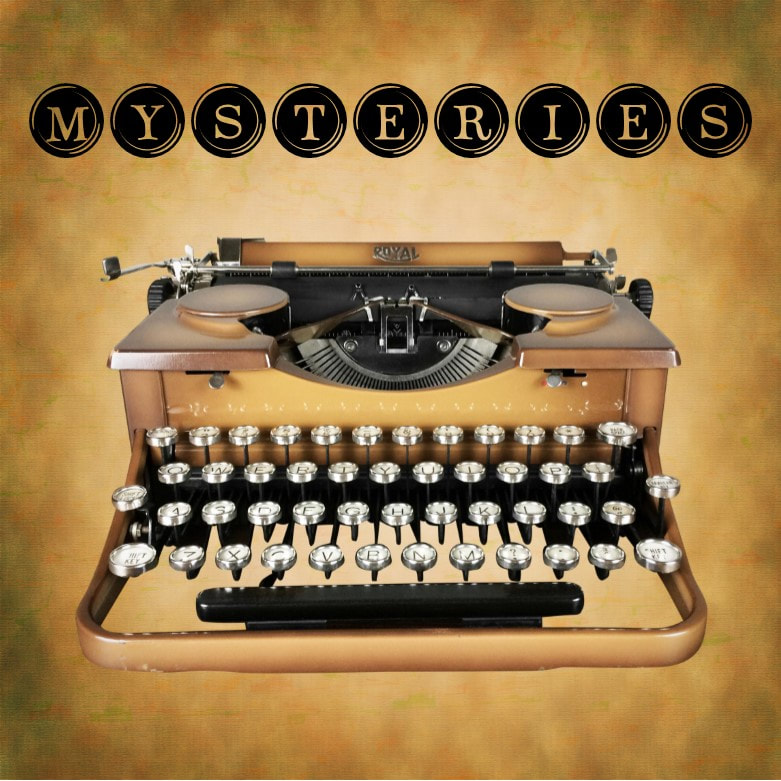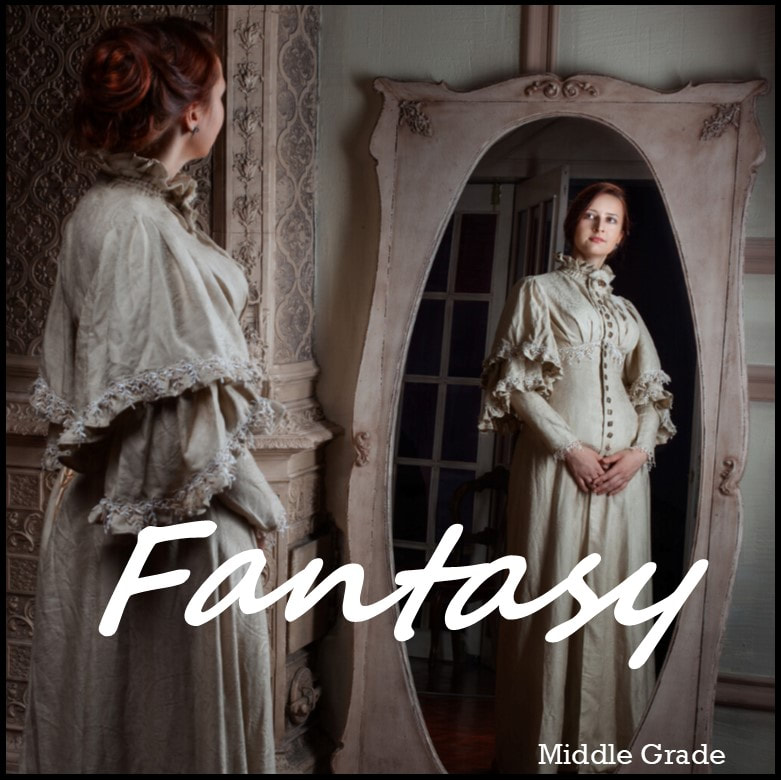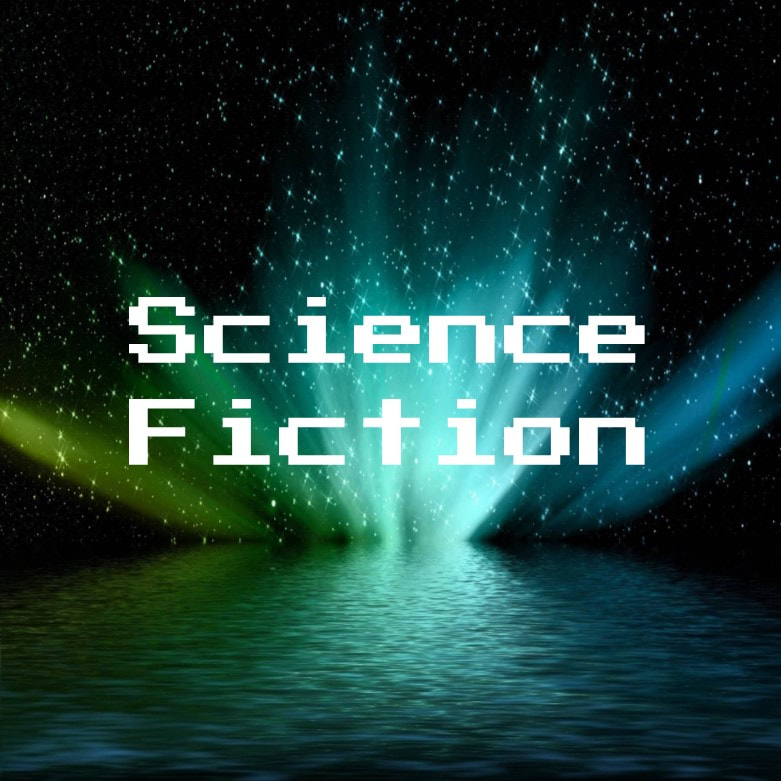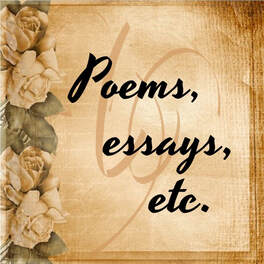
If you’re from Boston, Massachusetts, the answer will be a resounding no. A well-known tombstone located in the Old Granary Burying Ground and dating back to 1690 proves the existence of the one and only real Mother Goose.
Mary Goose, the wife of Isaac Goose, supposedly authored the beloved nursery rhymes. Legend claims that Isaac’s second wife, Elizabeth, entertained her countless grandchildren and other children with her predecessor’s songs and rhymes and that her son-in-law, Thomas Fleet, later published the complete works of Mary in 1719. Yet no copies of this collection have ever been found.
It’s a lovely story, but unfortunately, it’s rather hard to believe. The Goose family could’ve very well been entertained by beloved nursery rhymes brought over from Europe, but the famous poems were not original compositions by Mrs. Goose.
Ironically, around the same time the Goose family lived in Boston, Martha Gooch worked as a nurse caring for newborns in Sussex, England. Through her many years of excellent service, she became known as Mother Gooch. Her nursing skills were in great demand, but Martha had one idiosyncrasy her employers had to endure. She would sing strange, senseless rhymes and songs to her sleeping charges. This habit led the parents to refer to Martha as Mother Goose.
One of her employers became interested in the nonsense poems and songs and put them together into a book he titled Ye Melodious Rhymes of Mother Goofe (Goose).
The reference to “Mother Goose” jokingly used as Miss Gooch’s nickname reached back in time to the eighth century. Bertrada II of Laon, the mother of Charlemagne, served the emperor’s realm as the patroness of children. Due to a malformation of her foot, she was better known as “Goose-foot Bertha” or “Queen Goosefoot.”
Later on, in seventeenth-century France, a woman who delighted children with enchanting tales was called “mere l’oye” or “mere oye” (Mother Goose). Charles Perrault published a collection of folktales in 1697 titled Contes de ma mère l’oye or Tales from my Mother Goose. It was translated into English in 1729, thirty-six years before John Newbery topped the best-seller’s list with his Mother Goose’s Melody or Sonnets for the Cradle. Newbery’s collection forever changed the branding of Mother Goose from folktales to nursery rhymes and children’s poetry.
In the late 1800s, before he created his wonderful world of Oz, L. Frank Baum penned Mother Goose in Prose, a collection of twenty-two fairy tales attributed to everyone’s favorite storyteller. In the book, Baum traces the history and origins of Mother Goose. He concluded his essay with this statement:
While I have taken some pains to record the various claims to the origin of Mother Goose, it does not matter in the least whether she was in reality a myth, or a living Eliza Goose, Martha Gooch or the “Mere Oye” of Perrault. The songs that cluster around her name are what we love, and each individual verse appeals more to the childish mind than does Mother Goose herself.
Need I say anymore?
Be sure to subscribe to the Sweet & Sassy blog so you never miss out on any of our posts!









 RSS Feed
RSS Feed